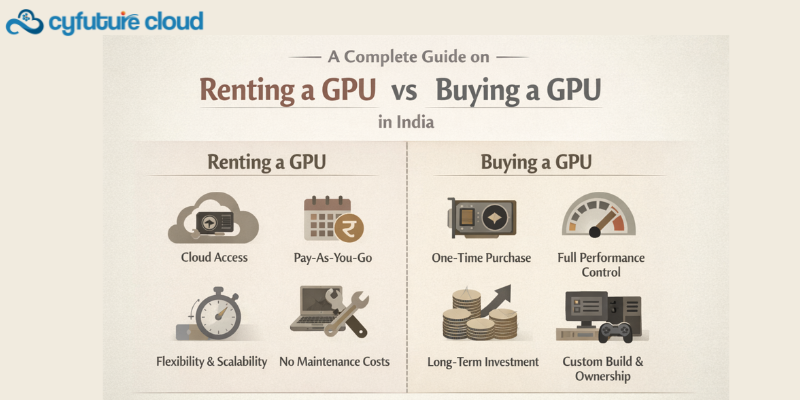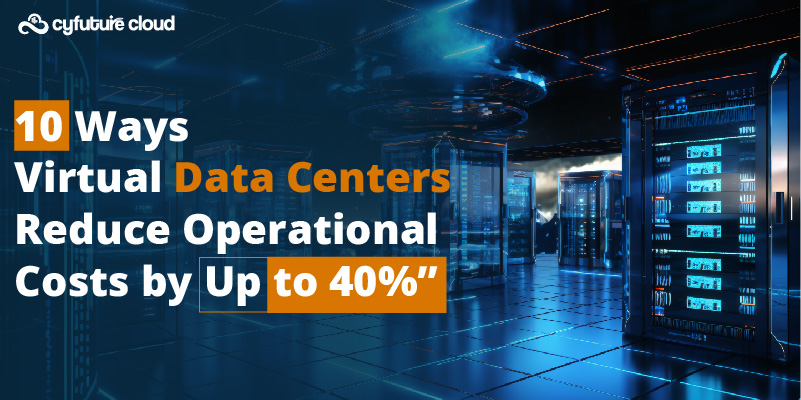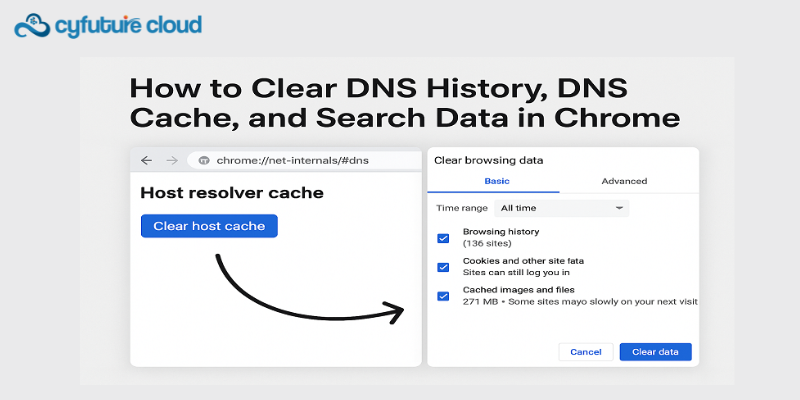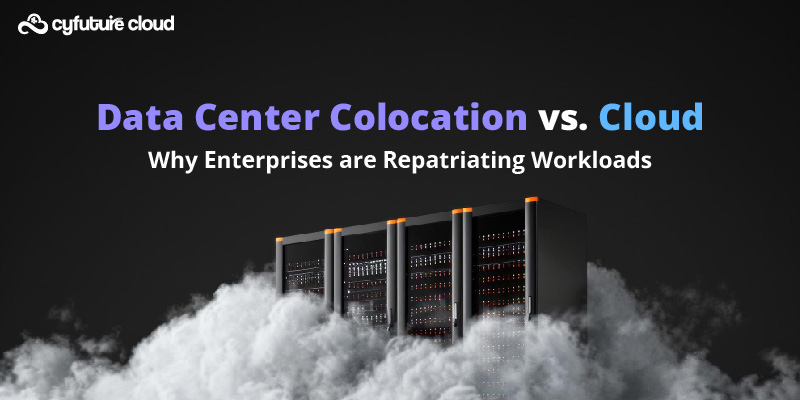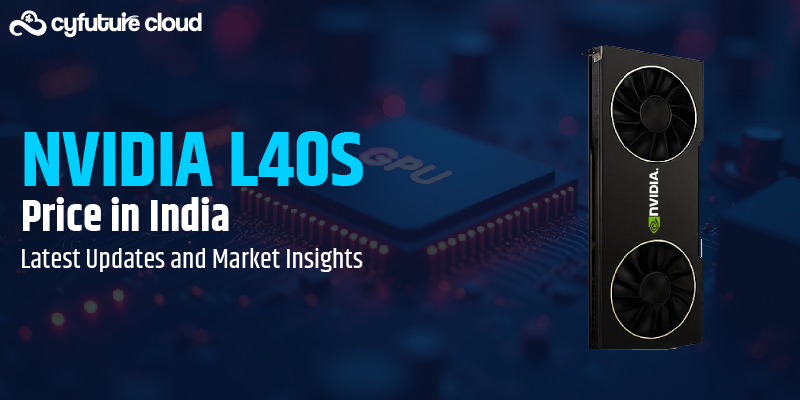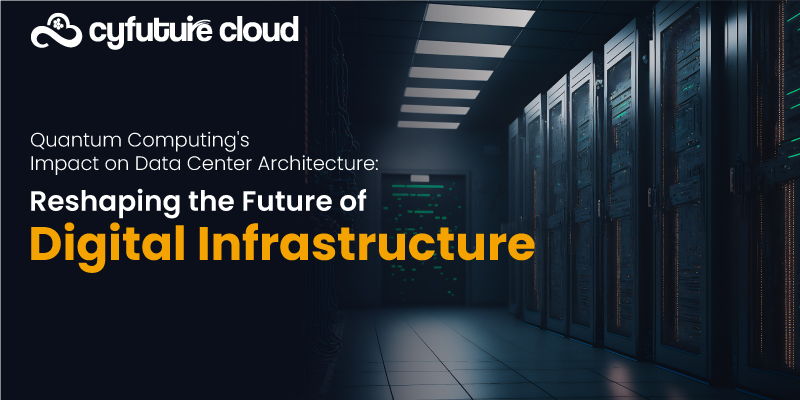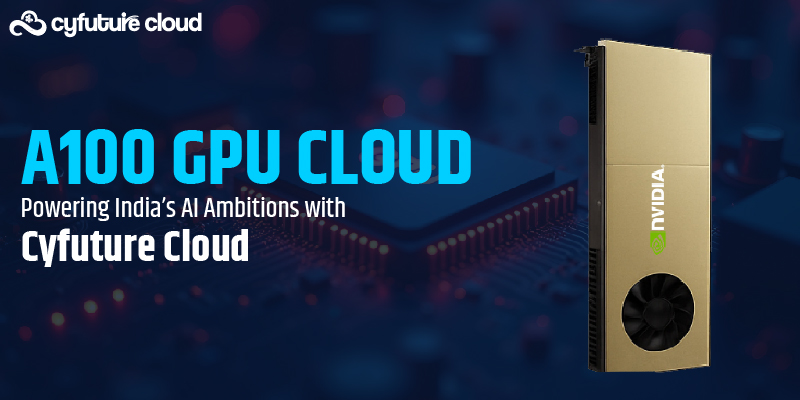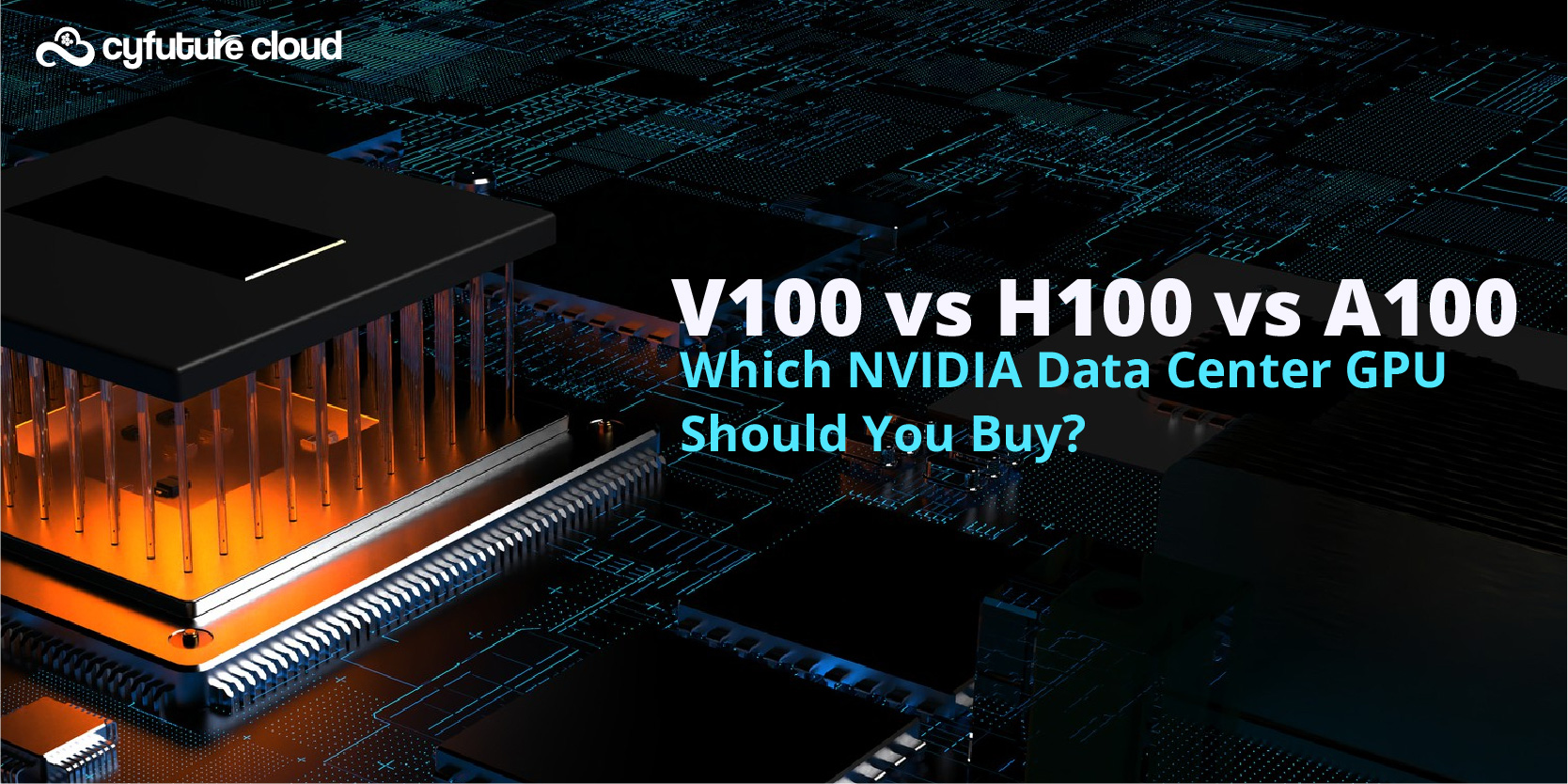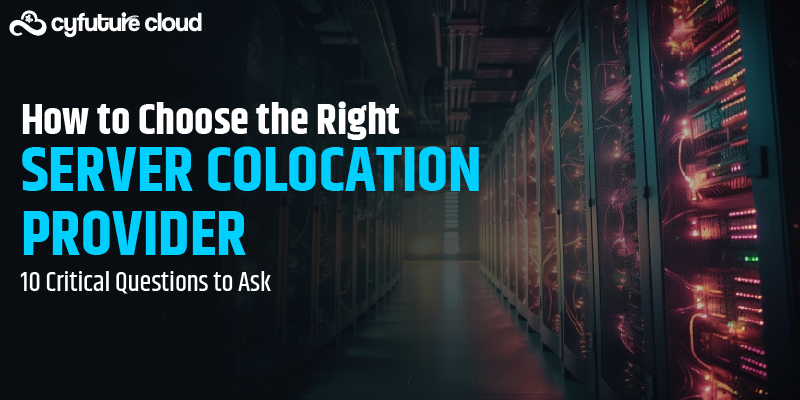Table of Contents
In the ever-evolving world of artificial intelligence (AI), the hardware behind AI processing plays a significant role in determining the speed, efficiency, and power of machine learning models. Graphics Processing Units (GPUs) have become the backbone of AI research and deployment, particularly for deep learning tasks. NVIDIA, a leader in GPU technology, has been at the forefront of this revolution. Their H100 GPU, released in 2022, is the latest and most powerful addition to the lineup, promising to redefine the landscape of AI processing.
But how does the NVIDIA H100 compare to previous GPUs, and what makes it stand out in the realm of AI? In this blog, we’ll break down the differences between the H100 and its predecessors, focusing on how the H100 addresses some of the limitations of earlier GPUs and enhances the performance of AI workloads.
The Evolution of NVIDIA GPUs for AI
Before diving into the specifics of the H100, it’s important to understand the evolution of NVIDIA GPUs. Over the years, NVIDIA has been releasing GPUs optimized for a variety of computing tasks, including gaming, scientific simulations, and AI processing. For AI, NVIDIA introduced a number of GPUs under their “Tesla” brand (now rebranded as “NVIDIA A100” for data centers), with each iteration offering more power and more specialized features for AI workloads.
The first major breakthrough for AI came with the NVIDIA Tesla K80, which debuted in 2014. This GPU combined two Kepler-based GK210 chips and was one of the earliest GPUs designed with deep learning in mind. The K80 was fast and capable, but it was still limited in terms of handling large neural networks and massive datasets.
With the release of the NVIDIA tesla V100 (Volta architecture) in 2017, AI processing took a significant leap forward. The V100 featured Tensor Cores, hardware specifically designed to accelerate deep learning workloads, which made it far more efficient at tasks like matrix multiplications that are common in AI cloud models.
Next came the NVIDIA A100 in 2020, which built upon the V100 architecture with even more powerful Tensor Cores and was designed for scaling up large AI models. The A100 also introduced support for mixed-precision computations, which helped AI researchers and practitioners train models faster and more efficiently.
Now, we have the NVIDIA H100, based on the Hopper architecture, which promises to take AI performance to the next level. Let’s take a deeper look at what has changed and how the H100 compares to its predecessors.
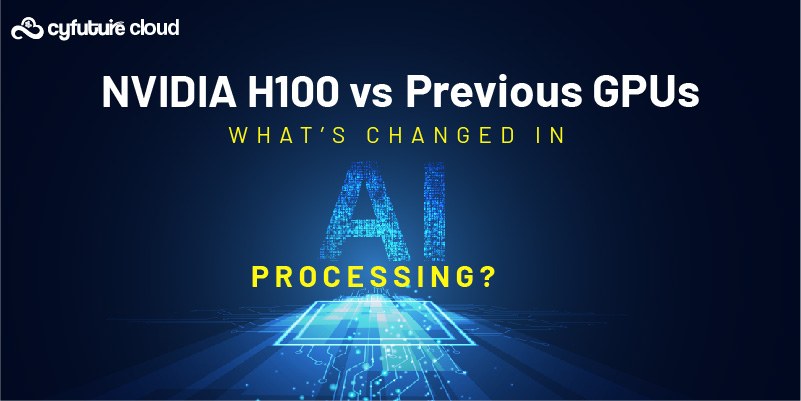
The Core Architecture: Hopper vs. Ampere vs. Volta
The most significant change in the H100 compared to previous NVIDIA GPUs is its architecture. While the V100 used the Volta architecture and the A100 used Ampere, the H100 is built on the new Hopper architecture. Each architecture brings its own set of improvements that directly benefit AI processing.
Volta Architecture (V100)
The Volta architecture introduced the first version of Tensor Cores, NVIDIA’s specialized cores designed specifically for accelerating deep learning computations. The V100 was an impressive step forward, offering significant performance improvements in tasks like training neural networks and running inference on large datasets. However, the V100 still had limitations in terms of scalability and performance in multi-GPU configurations, especially as AI models became more complex.
Ampere Architecture (A100)
The Ampere architecture in the A100 brought several enhancements over Volta, including:
- Improved Tensor Cores: Ampere’s Tensor Cores were optimized for mixed-precision training, which allowed researchers to accelerate training without sacrificing model accuracy.
- Support for Multi-Instance GPUs (MIG): MIG technology allowed users to partition the A100 GPU into smaller virtual instances, each capable of running different workloads simultaneously. This increased the GPU’s overall utilization and flexibility.
- Larger Memory: The A100 featured 40 GB or 80 GB of high-bandwidth memory, which allowed it to handle larger datasets and more complex models, an essential requirement for modern AI applications.
Hopper Architecture (H100)
With the Hopper architecture in the H100, NVIDIA has taken AI processing even further. Some of the key improvements in the H100 include:
- New Tensor Cores for FP8 Precision: While the A100 supported mixed-precision training (FP16 and FP32), the H100 introduces support for FP8 precision. This lower-precision format allows for even faster training times while maintaining model accuracy, especially for large-scale AI models.
- Transformer Engine: The H100 features a specialized Transformer Engine, which accelerates the processing of transformer models. Transformers, a key architecture in models like GPT and BERT, have become the foundation for many state-of-the-art AI applications in natural language processing and image generation. The Transformer Engine helps these models run faster and more efficiently by optimizing their specific workloads.
- Larger Memory Bandwidth: The H100 offers higher memory bandwidth, which translates to faster data access, a crucial feature when working with large-scale AI models.
- Improved Multi-Instance GPU (MIG) Capabilities: The H100 expands on the MIG capabilities introduced with the A100, allowing even greater flexibility in multi-GPU environments. This makes it easier to scale AI workloads across multiple instances and maximize GPU utilization.
Performance: A Leap in Speed and Efficiency
One of the main reasons why the H100 is getting so much attention is its performance. Compared to previous GPUs like the A100 and V100, the H100 offers a massive leap in computational power, which is essential for AI researchers and businesses pushing the boundaries of deep learning.
- Training Speed: The H100 is significantly faster than the A100 and V100 when it comes to training large neural networks. NVIDIA claims that the H100 can deliver up to 6x higher performance than the A100 in certain AI workloads. This increase in performance is especially noticeable in tasks like natural language processing, where massive models can take weeks or even months to train on older GPUs.
- Inference Speed: The H100 also shines in inference tasks, which are just as important as training when it comes to deploying AI models. With its optimized Tensor Cores and support for new precision formats like FP8, the H100 delivers faster and more efficient inference, reducing the time it takes to make predictions once a model is trained.
Power Efficiency: Better Performance with Less Power Consumption
Another key consideration when comparing the H100 to previous GPUs is power efficiency. As AI models grow in size and complexity, the energy demands of running these models increase significantly. NVIDIA has made great strides in improving the power efficiency of its GPUs, and the H100 is no exception.
Despite offering significantly more processing power, the H100 is designed to be more energy-efficient than its predecessors. This efficiency not only reduces operational costs but also helps make large-scale AI models more sustainable in the long term. The H100’s performance-per-watt improvements make it an attractive option for data centers that need to balance computational power with energy consumption.
Scalability: Handling Large-Scale AI Workloads
As AI models continue to grow in size and complexity, scalability becomes more important. The H100 is built with this in mind, offering better scalability than its predecessors.
- NVLink: The H100 supports NVIDIA’s NVLink, a high-speed interconnect that allows multiple GPUs to work together efficiently. NVLink enables faster communication between GPUs, which is crucial for scaling AI models across many GPUs. The H100 improves upon the NVLink implementation in the A100, providing more bandwidth and lower latency for multi-GPU setups.
- Multi-Instance GPU (MIG): The H100 expands on the MIG feature introduced with the A100, making it easier to divide the GPU’s resources into smaller instances for different workloads. This helps ensure that all parts of a large AI project can be handled simultaneously, improving overall efficiency.
Cost Considerations
While the H100 offers significant performance improvements, it’s important to note that with this increased power comes a higher price tag. For organizations with the budget to invest in the H100, the performance benefits are clear. However, smaller research labs or companies with limited resources may find it more difficult to justify the investment in the H100 compared to older GPUs like the A100 or even the V100, especially if their workloads don’t require the extreme performance of the H100.
Final Thought
The NVIDIA H100 represents a huge leap forward in AI processing, offering unparalleled performance, power efficiency, and scalability compared to its predecessors. With its innovative Hopper architecture, support for new precision formats, and specialized hardware for transformer models, the H100 is poised to redefine the way AI models are trained and deployed.
While the A100 and V100 were groundbreaking in their own right, the H100 takes AI performance to new heights, enabling researchers and businesses to push the boundaries of what’s possible with deep learning. Whether you’re working on natural language processing, computer vision, or any other AI field, the H100 offers the speed, efficiency, and scalability you need to tackle the most demanding AI workloads.
As AI continues to evolve, it’s clear that the H100 play major role in shaping future of the field, making it easier than ever to train and deploy advanced AI models at scale.
Recent Post
Send this to a friend

 Server
Colocation
Server
Colocation CDN
Network
CDN
Network Linux
Cloud Hosting
Linux
Cloud Hosting Kubernetes
Kubernetes Pricing
Calculator
Pricing
Calculator
 Power
Power
 Utilities
Utilities VMware
Private Cloud
VMware
Private Cloud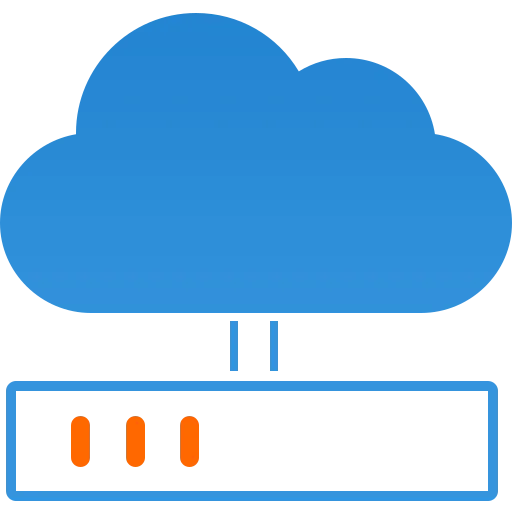 VMware
on AWS
VMware
on AWS VMware
on Azure
VMware
on Azure Service
Level Agreement
Service
Level Agreement 
